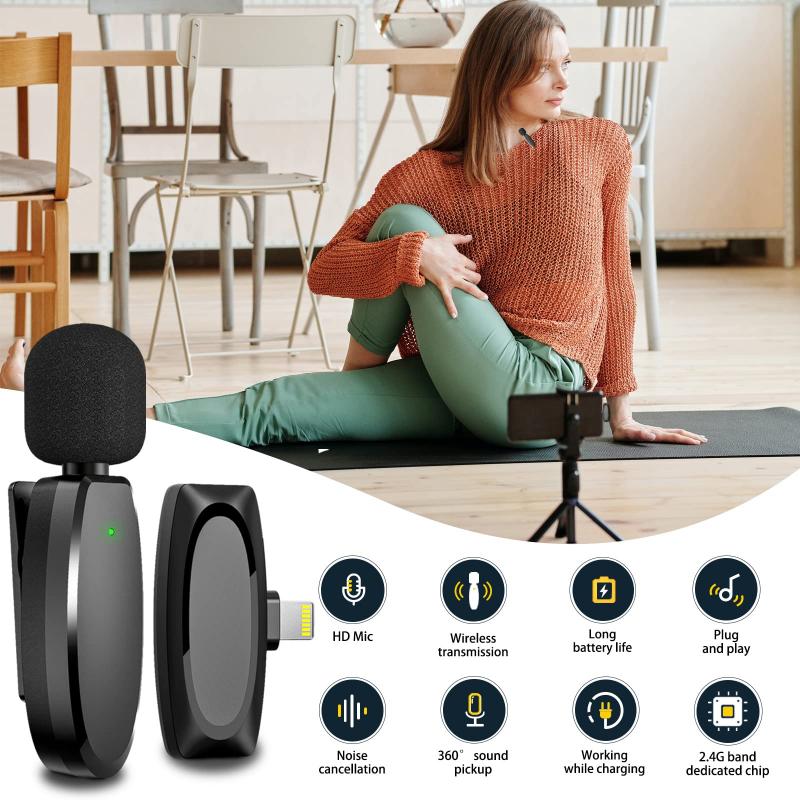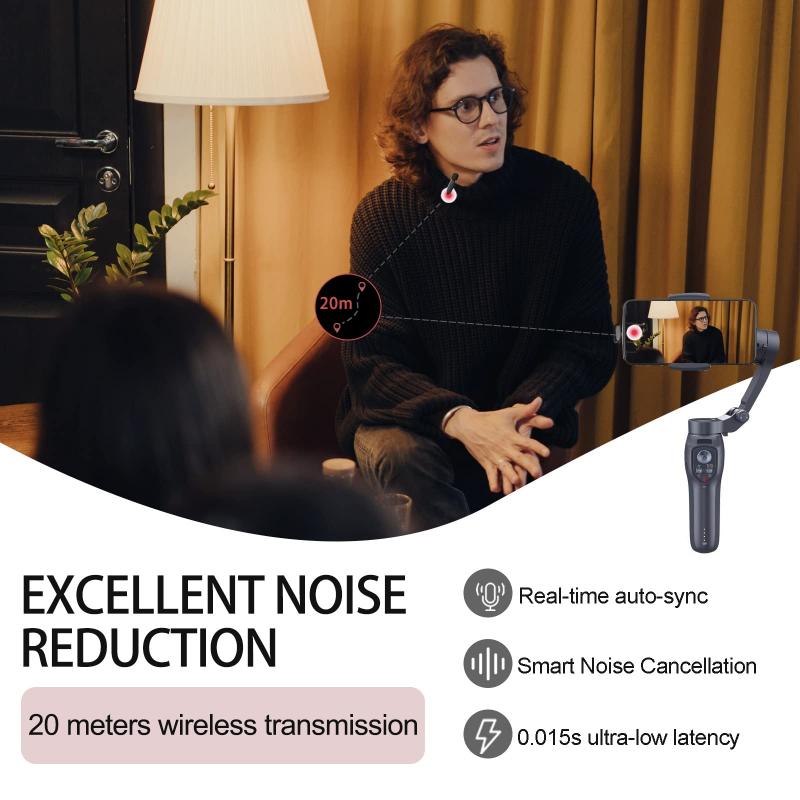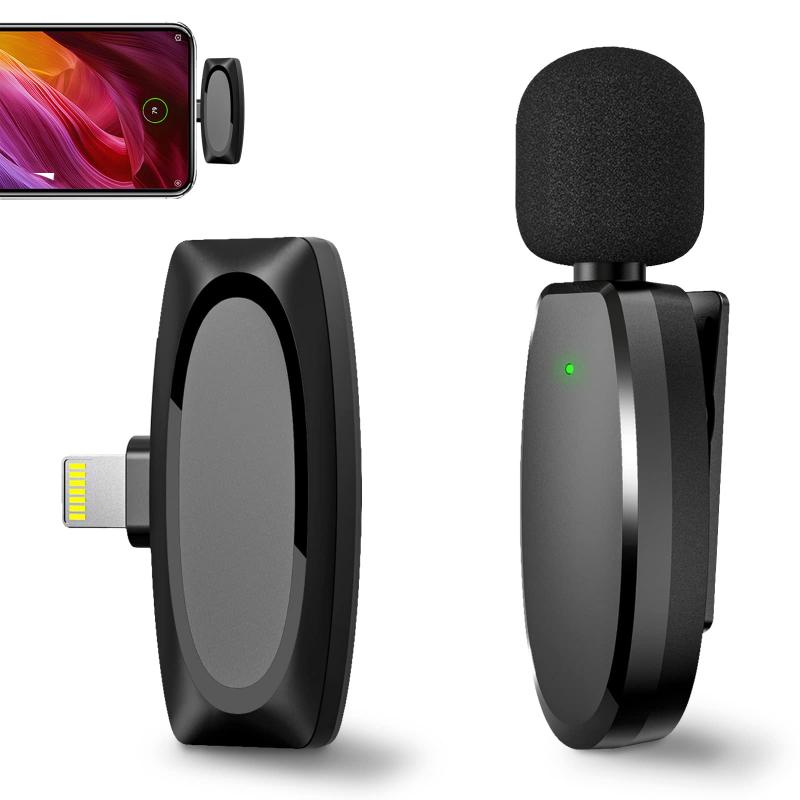How To Test Microphone Windows 11?
Testing a microphone on Windows 11 is a crucial task for anyone who relies on audio input for communication, recording, or streaming. Whether you're a professional podcaster, a remote worker, or a gamer, ensuring that your microphone is functioning correctly can save you from potential technical issues and embarrassing moments. In this article, we will walk you through the steps to test your microphone on Windows 11, troubleshoot common problems, and optimize your audio settings for the best performance.
Step-by-Step Guide to Testing Your Microphone on Windows 11

1. Accessing Sound Settings
The first step in testing your microphone is to access the sound settings on your Windows 11 device. Here’s how you can do it:
- Click on the Start button or press the Windows key on your keyboard.
- Select Settings (the gear icon).
- Navigate to System and then click on Sound.
2. Selecting Your Microphone
Once you are in the Sound settings, you need to ensure that the correct microphone is selected:
- Under the Input section, you will see a dropdown menu labeled Choose your input device.
- Click on the dropdown menu and select the microphone you want to test. If you have multiple microphones connected, make sure to choose the one you intend to use.
3. Testing the Microphone
Windows 11 provides a built-in feature to test your microphone:
- After selecting your microphone, click on the Test your microphone button.
- Speak into your microphone. You should see the input level bar move as you speak, indicating that your microphone is picking up sound.
If the input level bar does not move, there may be an issue with your microphone or its connection. In this case, proceed to the troubleshooting section below.
Troubleshooting Common Microphone Issues

If your microphone is not working correctly, there are several steps you can take to troubleshoot the problem:
1. Check Physical Connections
Ensure that your microphone is properly connected to your computer. If you are using a USB microphone, try plugging it into a different USB port. For analog microphones, make sure the cable is securely connected to the microphone jack.
2. Update Audio Drivers
Outdated or corrupted audio drivers can cause microphone issues. To update your audio drivers:
- Right-click on the Start button and select Device Manager.
- Expand the Audio inputs and outputs section.
- Right-click on your microphone and select Update driver.
- Choose Search automatically for updated driver software and follow the on-screen instructions.
3. Check Microphone Privacy Settings
Windows 11 has privacy settings that can block apps from accessing your microphone. To check these settings:
- Go to Settings > Privacy & security > Microphone.
- Ensure that the Microphone access toggle is turned on.
- Scroll down and make sure that the apps you want to use your microphone with have permission to access it.
4. Run the Audio Troubleshooter
Windows 11 includes a built-in troubleshooter that can help identify and fix microphone issues:
- Go to Settings > System > Troubleshoot > Other troubleshooters.
- Find the Recording Audio troubleshooter and click Run.
- Follow the on-screen instructions to diagnose and resolve any issues.
Optimizing Microphone Settings for Best Performance

Once your microphone is working, you may want to optimize its settings for the best audio quality. Here are some tips to help you get the most out of your microphone:
1. Adjust Microphone Volume
You can adjust the microphone volume to ensure that your voice is clear and audible:
- Go to Settings > System > Sound.
- Under the Input section, click on your microphone.
- Use the Volume slider to adjust the microphone volume to an appropriate level.
2. Enable Microphone Enhancements
Windows 11 offers several enhancements that can improve the quality of your microphone input:
- Go to Settings > System > Sound.
- Under the Input section, click on your microphone.
- Scroll down and click on Additional device properties.
- In the Microphone Properties window, go to the Enhancements tab.
- Check the box for Enable audio enhancements and apply the changes.
3. Reduce Background Noise
Background noise can be a significant issue when using a microphone. Here are some ways to reduce it:
- Use a noise-canceling microphone or headset.
- Enable noise suppression features in your recording or communication software.
- Position your microphone away from sources of noise, such as fans or air conditioners.
Testing and optimizing your microphone on Windows 11 is a straightforward process that can significantly improve your audio experience. By following the steps outlined in this article, you can ensure that your microphone is functioning correctly and delivering the best possible sound quality. Whether you are using your microphone for professional purposes or casual communication, taking the time to test and optimize it can make a world of difference.
Remember, if you encounter any issues, there are multiple troubleshooting steps you can take to resolve them. From checking physical connections to updating drivers and adjusting privacy settings, these solutions can help you get your microphone back in working order. Additionally, optimizing your microphone settings can enhance your audio quality, making your voice clearer and more professional.
By staying proactive and regularly testing your microphone, you can avoid potential problems and ensure that your audio input is always top-notch. So, go ahead and give your microphone a test today – your future self will thank you!
